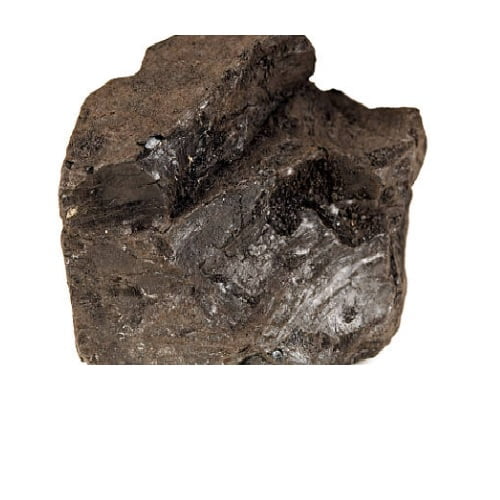What is Terrahydrite?
Terrahydrite™ is a trademark name and the ingredients are listed as “Stabilized Lignite Extract” as per the label on the supplement bottle.
I have seen three label variations of ingredients, which is confusing. Not sure why it has different labels. I did some research on their meanings.
Variation 1. Aqueous Humic Substances
Variation 2. Lignite Extracts
Variation 3. Terrahydrite (stabilized lignite extract)
Let’s breakdown these ingredients (referenced from Wikipedia)
“Lignite according to Wikipedia is often referred to as brown coal,[1] is a soft, brown, combustible, sedimentary rock formed from naturally compressed peat. ” Reference
Brown coal is not editable and is used in industry as a fuel source and in agriculature to enhance soil. It contains heavy metals. according to Wikipedia. Not to be confused with charcol, charcoal is a manufactured product created from wood. That is different from brown coal.
Humic Substances
“Humic substances (HS) are organic compounds that are important components of humus, the major organic fraction of soil, peat, and coal (and also a constituent of many upland streams, dystrophic lakes, and ocean water).” Reference
Aqueous
“An aqueous solution is a solution in which the solvent is water.” Reference
Extract
An extract is a substance made by extracting a part of a raw material, often by using a solvent such as ethanol, oil or water.” Reference
Humic Substance
“Through this viewpoint humic acids were defined as organic substances extracted from soil that coagulate (form small solid pieces) when a strong-base extract is acidified, whereas fulvic acids (FA) are organic acids that remain soluble (stay dissolved) when a strong-base extract is acidified. The remaining alkali-insoluble part of humus would be termed humin.” Reference
Based on the above information I personally would not consume Terahydrite. I would chose Fulvic Acid Supplement like Sisel Body Shield. Further reading on the topic of terrahydrite vs fulvic acid.
Shilajit vs Fulvic Acid
If comparing Shilajit to Fulvic Acid, I would still choose Fulvic Acid over Shilajit. Below are snippet from healthline discussing the subject. Based on this research the health benefits come from fulvic acid, furthermore I would be concerned wtih heavey metal contamination.
“Shilajit, a substance secreted by rocks in certain mountain ranges around the world, including the Himalayas, is particularly high in fulvic acid. Its common names include mineral pitch, mumie, mumijo, and vegetable asphalt.” Reference
“Shilajit is blackish brown and comprises 15–20% fulvic acid. It also contains small amounts of minerals and metabolites derived from fungi.” Reference
“Fulvic acid is believed to be responsible for many of shilajit’s medicinal properties.” Reference
Fulvic acid may offer several other health benefits as noted in the healthline article. Sisel’s Fulvic Acid Supplement BodyShield has many health benefits. Further reading terrahydrite vs fulvic acid.
Finally, these substances may react with certain medications, so it’s important to consult your healthcare provider before adding either to your routine.
The key take away is that any supplements may be contaminated with harmful substances, so you need to trust the manufacturer 100% and know they are cGMP and compliant with FDA practices. It is important that they test for harmful ingredients including heavy metals. That is why I choose Sisel Products.
Learn about Sisel Body Shield
Last Updated on March 27, 2023 by Katie Sisel Distributor

